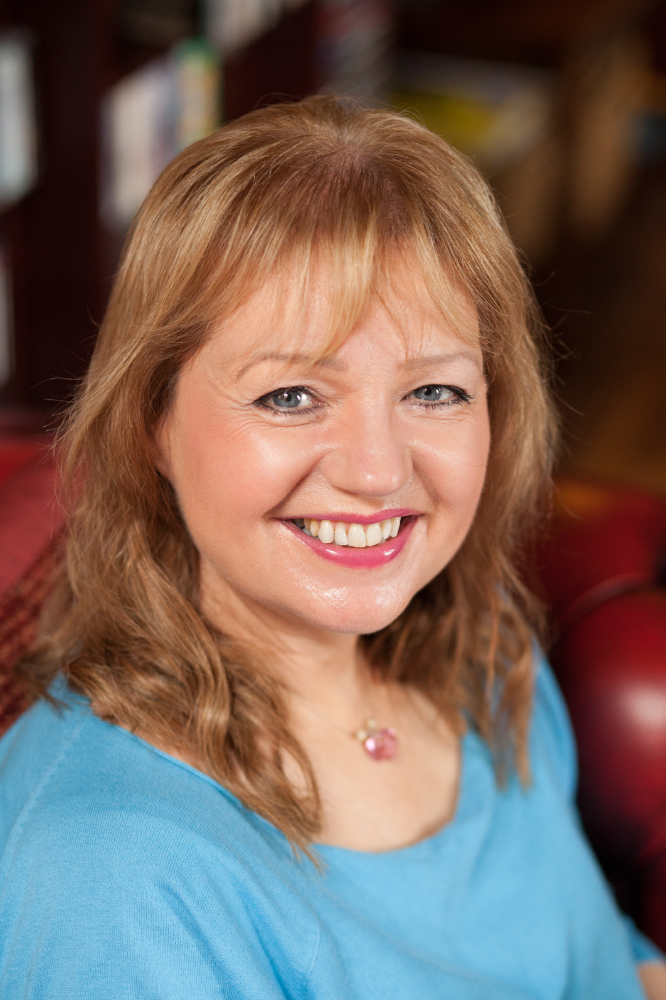As an author I often do talks and workshops and there are some questions I can guarantee to be asked. A popular one is where my ideas come from; another common one is why I use a pen-name. And a third question that readers regularly ask is if it’s difficult to write for different readerships – for adults, for children and for teens. But if you think about it, I’m certainly not unusual. J.K. Rowling, Roald Dahl and Ian Fleming all wrote successfully for children and also for adults, to name just three.

Bea Davenport writes for Female First
If you do a quick internet search for writers who straddle the two genres, you will find there are more of us than you might think. I know there is a perception that it’s difficult to be successful at both, because of the reaction I get when I tell people I write crime fiction for adults and children’s fiction too. Almost everyone expresses surprise and some people even go so far as to tell me I shouldn’t!
And yet there are countless examples of authors who write across a variety of adult genres, such as the late and much missed Iain Banks/Iain M. Banks, with his literary and sci-fi titles, Henry James, who both wrote serious novels and more playful and lighter works, and of course Peter Carey who has managed to excel at romance, historical fiction, western, contemporary fiction, and the rest.
But the perceived gulf between the two skills of writing for adult and younger age groups means that many people seem to think that by writing for both audiences, I am somehow breaking an unwritten rule.
When it was revealed that Harry Potter author J.K.Rowling had turned her hand to crime novels, there were some raised eyebrows – but there was also a sense that she is big enough to try whatever she likes. For newer writers in particular, it feels somehow more of a risk.
In fact, genre-hopping is much more common than you would guess. Here are just a few (very eminent) examples. Roald Dahl is famous for his enduring children’s tales and his adult short stories. Ian Fleming wrote the James Bond books and also the much-loved Chitty Chitty Bang Bang. Meg Cabot writes women’s and Young Adult fiction. And Tove Jansson penned the Moomin series for children as well as some successful adult novels.
I’m not placing myself in the same category as these fantastic writers, but I’m using them to show that it can be done and you don’t have to be crazy to do it. What I will acknowledge is that writing for younger readers is tougher. There are stronger parameters and a list of considerations about aspects like content, language and endings that don’t seem as fraught when writing adult fiction. And then add into that some of the extra issues that come up when you move to a teen or YA audience, as I did with my latest novel The Misper (The Conrad Press, 2018). These include credibility and voice and where the boundaries of content lie – it’s quite a minefield!
I suspect the anxieties arise because of the importance of branding for authors these days. If an author is well-known as one thing, such as a crime writer, it’s tricky to market them as something else. But I think we need to credit readers of any age with a bit of sense – certainly enough to decide whether the book is aimed at them or not. And we should allow writers the freedom to explore any creative avenues that appeal.

Author bio: Bea Davenport is the writing name of former newspaper and BBC journalist Barbara Henderson. She is the author of five published novels: In Too Deep and This Little Piggy (both Legend Press), The Serpent House (Curious Fox), My Cousin Faustina (ReadZone Books) and The Misper (The Conrad Press). She divides her time between Berwick upon Tweed and Leeds and teaches journalism and creative writing.

